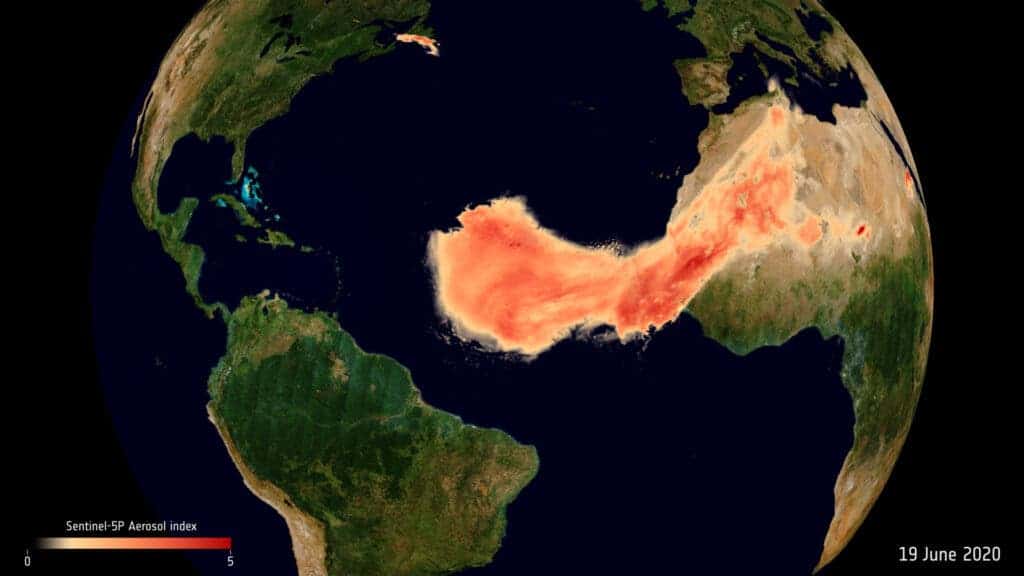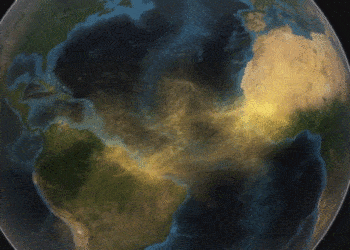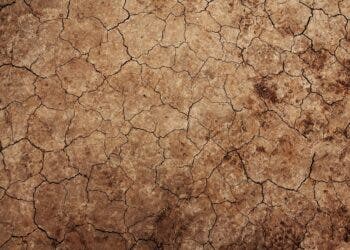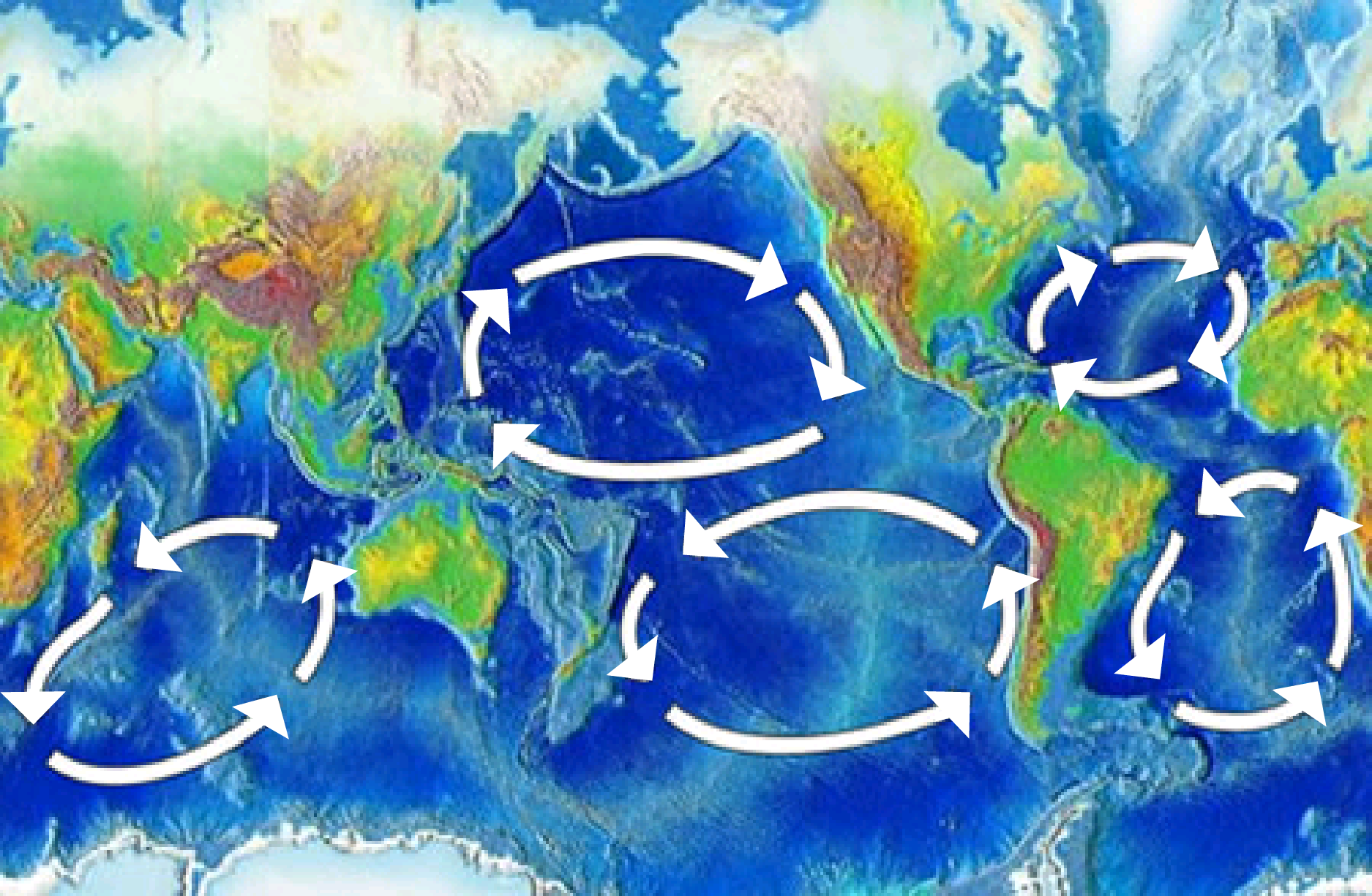Every year during summer, the wind carries large plumes of desert dust particles from the Sahara Desert in Africa across the Atlantic Ocean.
Now, thanks to satellite data from the European Space Agency (ESA), we can see in incredible detail the extent of this year’s dust plume — it was an unusually large, “Godzilla” plume.

The Saharan dust storm, also known as the Saharan Air Layer, typically forms between late spring and early autumn, peaking in late June to mid-August. Dust particles from the African desert are swept up into the dry air by strong winds and thunderstorms. The dust can then float for days or even weeks on end.
This phenomenon happens every year but the plume now registered is described as unusual due to its size and the distance travelled. Researchers at the National Oceanic and Atmospheric Administration (NOAA) estimated that the dust plume is between 60 to 70% dustier than average, making it the most massive since records began 20 years ago.
The ESA created an animation that shows the spread of particles from the Saharan dust plume moving westward from June 1 to June 26 this year. The data, captured by the ESA’s Copernicus Sentinel and Aeolus satellites, shows the dust plume on its great journey, around 1.8 to 3.7 miles above the ground.
Normally, Saharan dust plumes disperse in the atmosphere and sink into the Atlantic before reaching the Americas, but this wasn’t the case this year, according to satellite data. The dense concentration of dust traveled about 8,000 kilometers and can be seen arriving close to the Caribbean and the southern United States.
The ESA’s Copernicus Sentinel-5P satellite, launched in October 2017, maps air pollutants using an instrument that measures the radiation of different wavelengths. Meanwhile, the Aeolus satellite, launched by the ESA in August 2018, tracks wind speed and direction across the globe.
Aeolus is the first satellite to acquire profiles of Earth’s wind on a global scale the satellite also delivers information about the vertical distribution of aerosol and cloud layers. This combination of data allows scientists to improve their understanding of the Saharan Air Layer, and allows forecasters to provide better air quality predictions.
While it can be a threat to our health, triggering air quality alerts, the dust travelling from the Saharan Desert is also very important for ecosystems. Dust is a key source of nutrients for the tiny algae known as phytoplankton that live drift on the surface of the ocean. Minerals from the dust fall in the ocean, triggering blooms of the algae to form on the surface of the ocean – providing food to marine life.
At the same time, the dust is also very important for life in the Amazon region, replenishing nutrients in the rainforest soils which otherwise would be depleted due to the frequent rain in the region. The dusty air layers have also been found to limit the development of hurricanes and storms in the Pacific.






